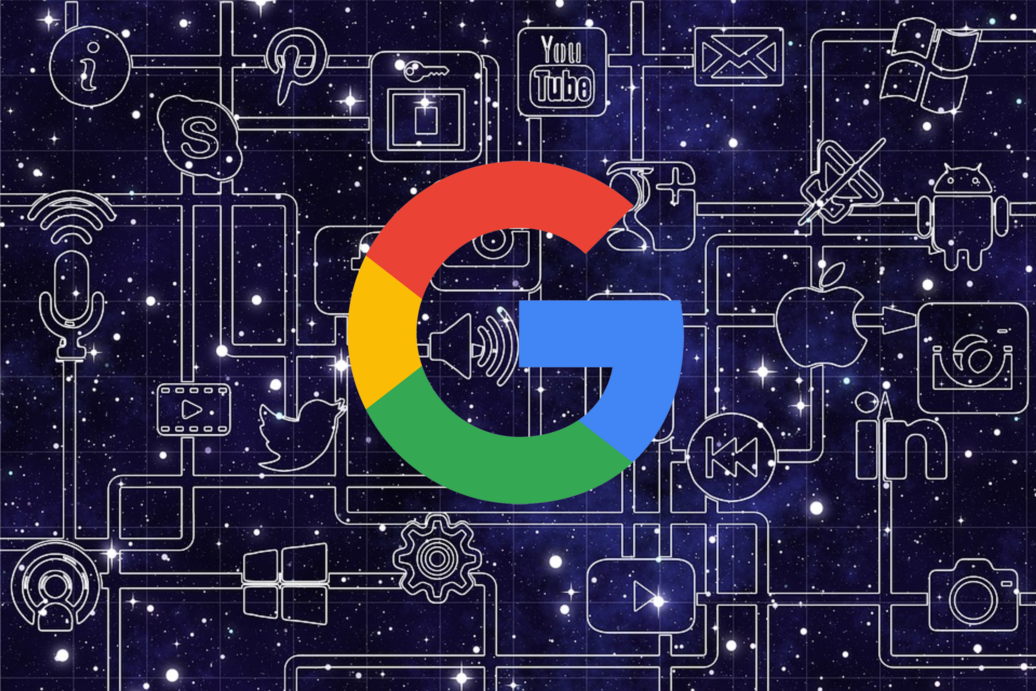Have you ever wondered how Google uses AI? How does the search engine generate responses? The answer is AI. Google’s search engine functions on a Deep Learning system called RankBrain. This AI handles search queries better than traditional hand-coded algorithmic rules. The AI tries to understand what we’re searching for and delivers personalized results based on our collected data.
These systems are integrated into many of Google’s other products, such as Assistant, Maps, and the recently announced Android Earthquake Alert System.
Before RankBrain, AI engineers hand-coded 100% of Google’s algorithm. Although humans still work on the algorithm, RankBrain tweaks it on its own in the backend, increasing or decreasing the search query content based on the keyword, backlinks, content length, content freshness, and domain authority.
RankBrain also looks at how users interact with new search results. If users like the new algorithm better, RankBrain makes it permanent. If not, the AI rolls back the old algorithm. In other words, RankBrain’s function can be divided into two: understanding search queries (keywords) and measuring user satisfaction.
How RankBrain Functions

So, how does RankBrain understand search queries (keywords)? It does so by matching keywords that Google has not seen before to keywords that Google has seen before. Before RankBrain, Google faced never-before-seen keywords. About 15% were brand new. Since Google processed billions of searches per day, this amounted to around 450 million brand new keywords. Google scanned pages searching for the exact searched keyword. But because the keywords were brand new, Google could not precisely decipher what searchers wanted, and so it guessed.
Let’s say a user searched for “Artificial Intelligence Curriculum for Beginners.” Google would crawl pages containing terms “Artificial,” “Intelligence,” “Curriculum,” and “Beginner.” Today, RankBrain is capable of understanding what users are asking and provides a 100% accurate set of results by trying to figure out what users mean, like how a human would.
Google also uses Machine Learning technology called “Word2vec” to understand user intent by turning keywords into concepts. Google’s RankBrain AI goes further than simple keyword-matching; it changes the search term into concepts and tries to locate particular pages that cover that concept.
RankBrain and User Satisfaction

RankBrain also measures user satisfaction via observation. It shows users a set of search results that it “thinks” they’ll like, and if lots of users like one particular page in the results, RankBrain will give that page a rankings boost.
Similarly, if users don’t interact with certain results or if results have higher bounce rates, RankBrain will drop that page and replace it with another and measure the performance. This is how Google uses AI to analyze UX signals to measure user satisfaction, including organic click-through rates, dwell time, and bounce rate.
Artificial Intelligence is an extremely important part of modern society, enabling human capabilities to be undertaken by increasingly effective, efficient, and low-cost software. The automation of abilities by AI, like RankBrain for example, creates new opportunities in consumer applications and even in business sectors.
Read our previous blog about the top AI Trends of 2022: Top 22 AI Trends of 2022.
The Fuse.ai center is an AI research and training center that offers blended AI courses through its proprietary Fuse.ai platform. The proprietary curriculum includes Machine Learning, Deep Learning, Natural Language Processing, and Computer Vision courses. Certifications like these will help engineers become leading AI industry experts. It also aids them in achieving a fulfilling and ever-growing career in the field.

